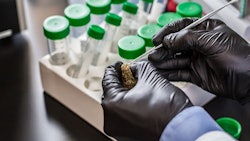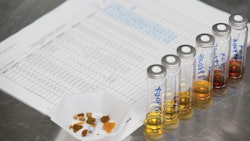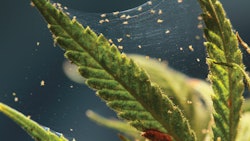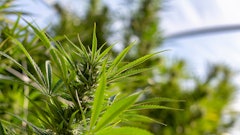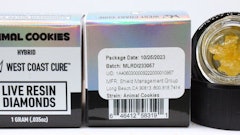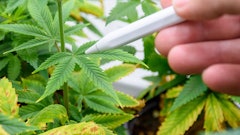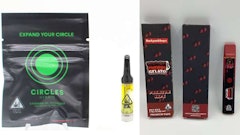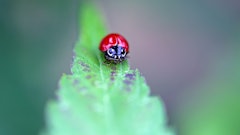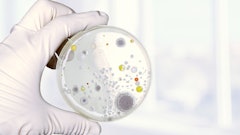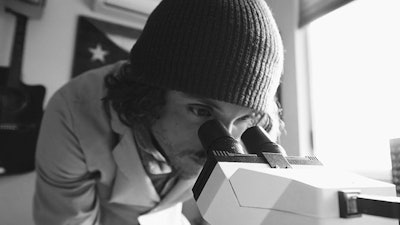
Casey Rivero, an award-winning cannabis cultivator and director of cultivation at Yerba Buena in Portland, Ore., has green thumbs—and not just mean when it comes to growing plants. Yerba Buena is both Clean Green Certified and Certified Kind for its use of natural, non-chemical pesticides, employs energy-efficient lighting and automated controls, and recycling its soil. It has also been repeatedly recognized as one of the greenest places to work in the state by Oregon Business Journal.
When it comes specifically to pest control, Yerba Buena uses “a combination of plant health management, biological controls—beneficial fungi, bacteria, and plant extracts—as well as predatorial insects, arthropods and nematodes,” Rivero says. “Plant health is the most important factor to consider in pest and pathogen prevention. Problems start and flourish on unhealthy plant tissue.”
Here, Rivero shares his top tips for biological pest control—plus how to recycle your soil for added sustainability.
1. Know the life cycles of your pests.
To quash a pest naturally, Rivero says, you have to understand its life cycle. ”There are multiple stages of life development for all pest and the techniques for killing and prevention change based on the stage of development of the pest,” he says. With the pest's patterns down pat, you’ll want to “pay close attention to prevention,” Rivero instructs. “Some preventative measures cannot be combined with others. For example, if you have predatorial bugs taking care of a problem, a biological spray or drench might harm your beneficial [insects] in addition to the pest. Timing and the sequence of preventative measures are important.”
2. Learn the interactions of biology and nutrients.
Yerba Buena uses a living soil that, Rivero says, “is built specifically for the growth stage. Because we practice an all-organic cultivation method, we rely on our soil biology to cycle our nutrients efficiently for the plants to uptake at a maximum rate. The soil that is harvested after a bloom cycle needs to be tested for pathogens and nutrient content and if ‘clean,’ can be reused.” In other words, Yerba Buena recycles healthy, nutrient-dense soil.
If you, too, would like to recycle your soil, Rivero says that you must “learn the interactions of biology and nutrients.”
He suggests you “become familiar with testing and analysis of the test results. The more testing that is done, the more you are able to understand the interactions of the biology and nutrients, and how it relates to plant physiology,” he says. “Start small, and you can develop proper protocols on a manageable scale. And remember: the bigger the project, the quicker problems can become disasters.”
Top photo courtesy of Casey Rivero











